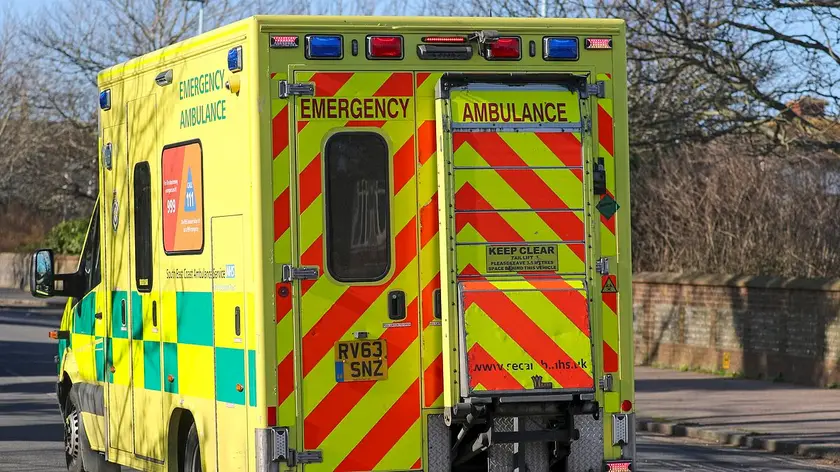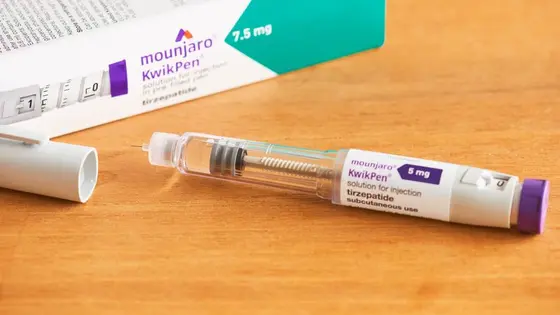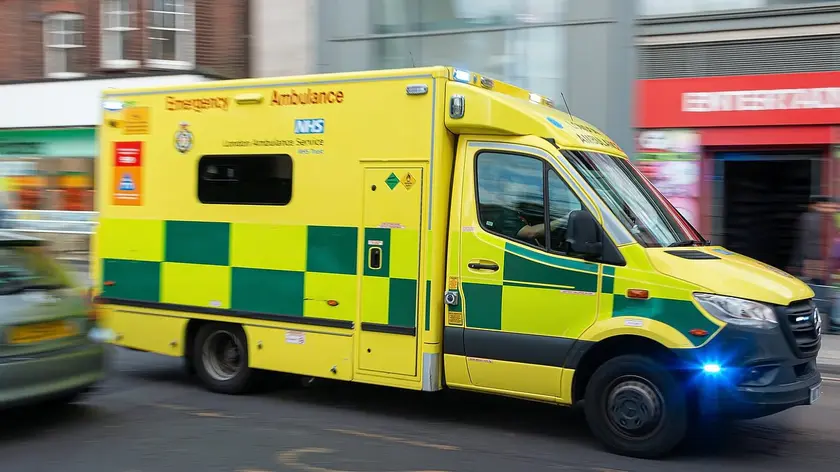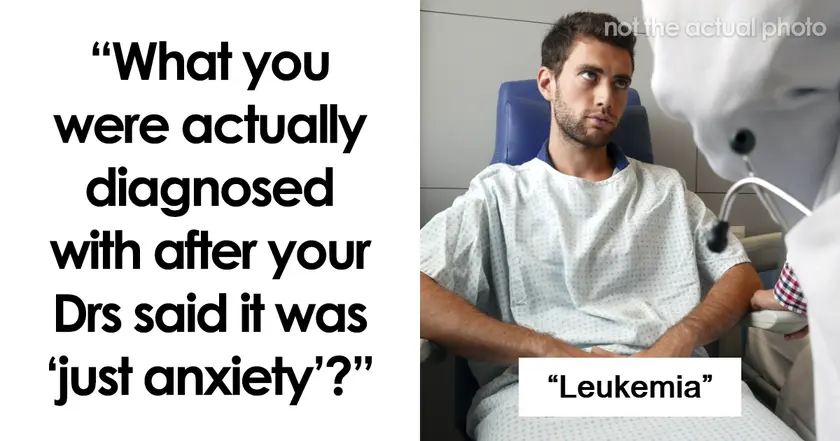T4K3.news
Ambulance delays push patients to seek alternative transport
A new analysis shows more patients are arriving at A&E by non-ambulance transport as ambulance response times lag.

A new analysis shows more patients are arriving at A&E by non-ambulance transport as ambulance response times lag.
Ambulance delays push patients to seek alternative transport
NHS England data show 19.5 million A&E attendances in 2023/24 came from people who walked, cycled, used public transport, taxis or private vehicles, making up 79% of visits. A subset of 30 NHS trusts reports 2.7 million non-ambulance A&E arrivals in 2024, up 14% since 2019, with 266,460 patients rated as requiring immediate or very urgent care on arrival, a 50% rise over the period.
This pattern is not spread evenly. Sandwell and West Birmingham recorded a 320% rise in non-ambulance attendances, while Mid and South Essex had the highest total, with 322,000 such arrivals last year. Among those over 65, non-ambulance attendances rose 22% to 459,000, with 56,700 rated Code 1 or Code 2. Officials point to continued ambulance demand alongside bed shortages that slow handovers at hospitals. The government highlights a £450 million investment in urgent and emergency care, including new ambulances, aspires to cut handover delays and speed responses.
Key Takeaways
"These figures lay bare an Uber ambulance crisis, where people do not think they can rely on ambulance services even in the most serious of circumstances."
Helen Morgan, Liberal Democrats health and social care spokesperson, on the data.
"Older people have lost all confidence that if they need an ambulance they will get one in time so will often resort to DIY solutions."
Dennis Reed, director of Silver Voices, on the impact for older residents.
"There may be lots of reasons why people chose to go to hospital themselves rather than call 999. The NHS is there for anyone in an emergency."
Daniel Elkeles, chief executive of NHS Providers.
"We inherited an emergency care system on its knees, with patients left facing lengthy waits for ambulances and often even longer handover delays when they reached hospital."
Department of Health and Social Care spokesperson.
The trend signals deeper tensions in the emergency system, not just transport choices. When families feel an ambulance will not arrive quickly in life threatening moments, they improvise, with potential risks to outcomes. The shift to DIY routing to hospital also funnels pressure into A&E corridors and crowded wards, worsening waits for all patients.
A broader fix is needed beyond more vehicles. Keeping local ambulance stations open, boosting paramedic recruitment, and strengthening social care and bed capacity could restore faith in the system. Without clear funding and staffing plans, the public may keep choosing self-transport, even in emergencies, a move that hides a system under stress rather than solves it.
Highlights
- When the blue light misses the clock, people improvise
- Ambulance delays erode trust in emergency care
- Public confidence should not hinge on bed shortages
- Paramedics need resources not slogans
Ambulance funding and access under political scrutiny
The report highlights a growing gap between demand for emergency transport and ambulance capacity, touching on budget choices, staffing, and public trust. This has potential political backlash and may invite policy contention over funding for social care and emergency services.
The coming months will reveal whether policy actions can reverse this mounting trend.
Enjoyed this? Let your friends know!
Related News

Severe Hunger Crisis in Gaza

Lilly raises UK Mounjaro price amid US pressure

Kremlin seeks veto on Ukraine security guarantees

Ambulance costs rise for bariatric transport

Rowan Atkinson misleads on electric vehicles in recent article

Medical gaslighting in focus

Misdiagnosis delays treatment in a young breast cancer patient

Young patient misdiagnosed delays Hodgkin lymphoma diagnosis
